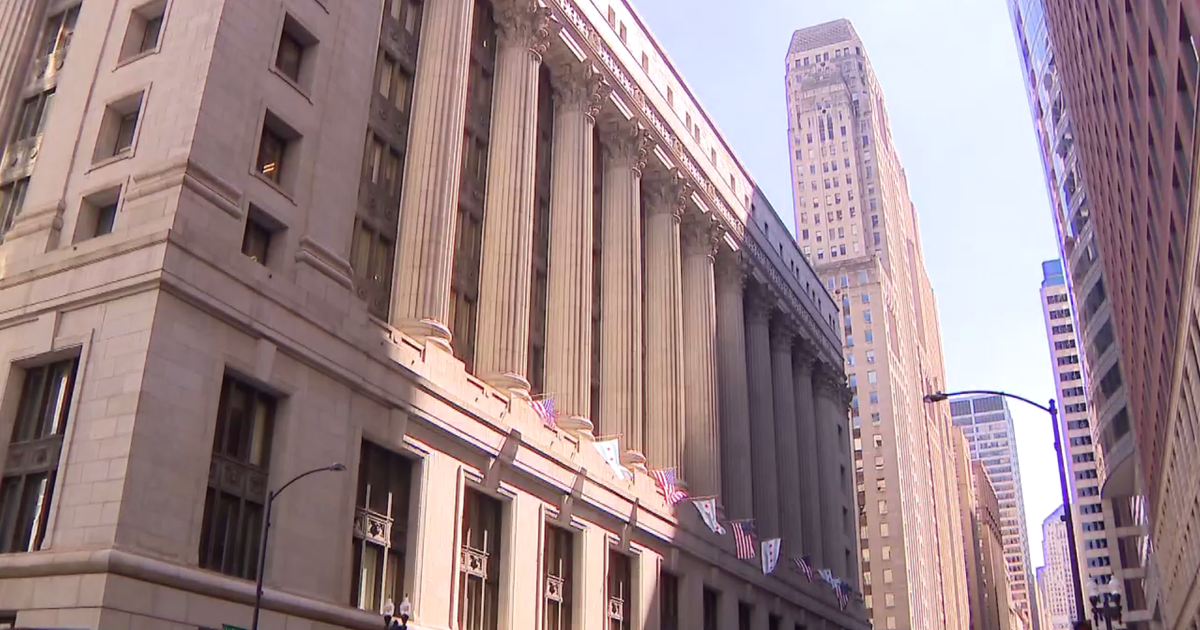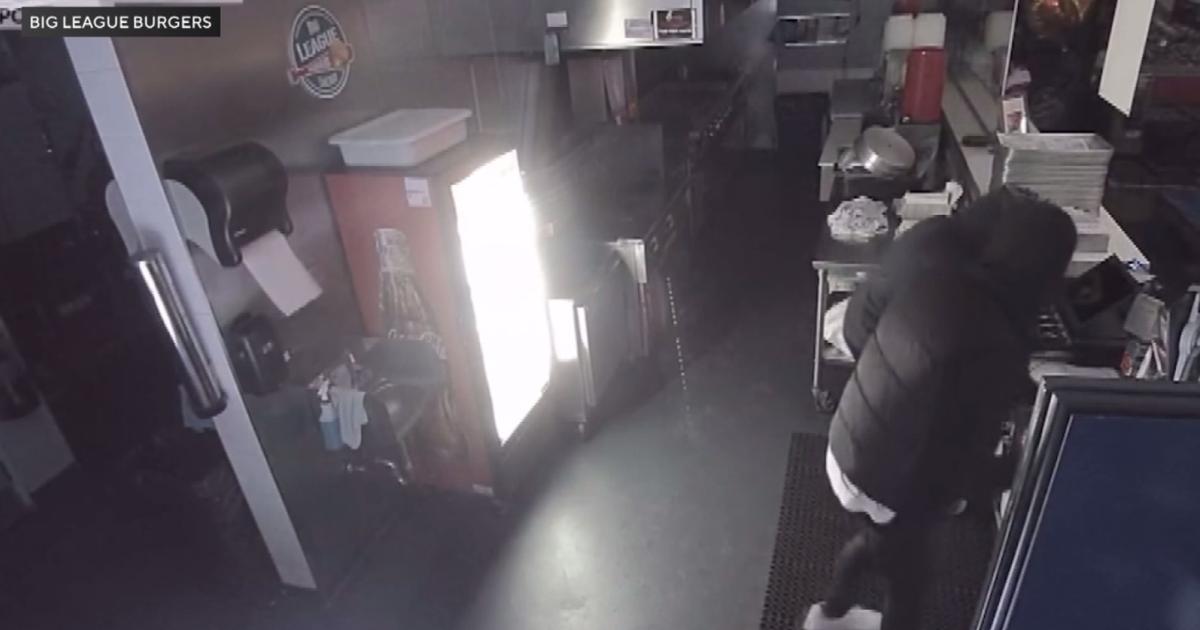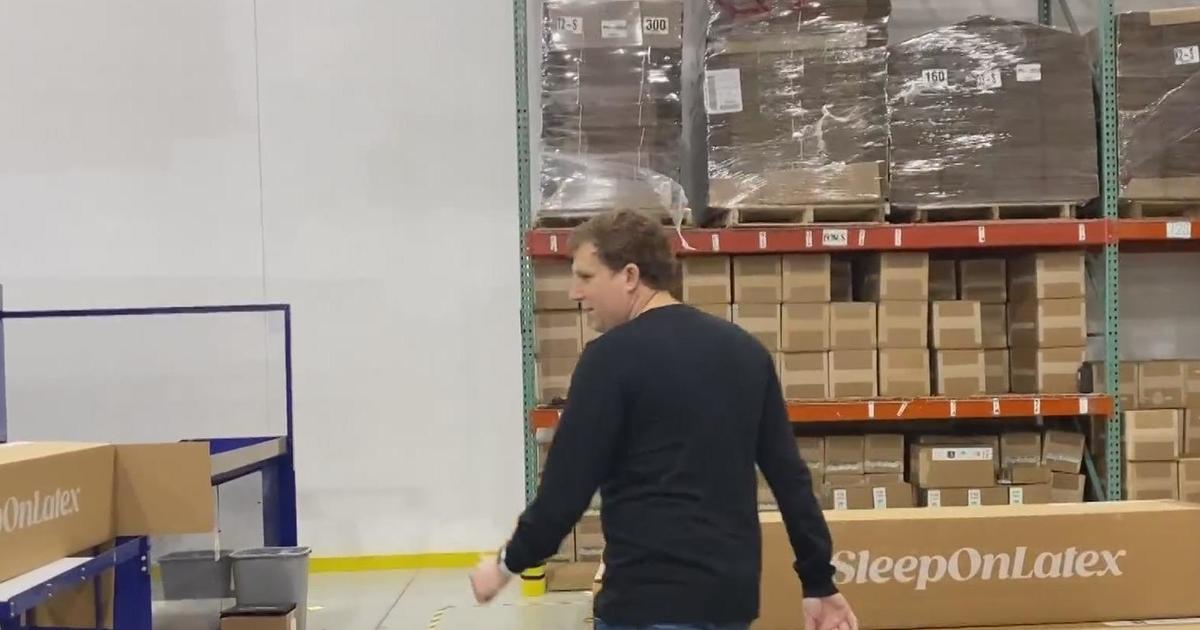Wisch: With Wrigley Signs, City Must Avoid Being 'Trumped'
By Dave Wischnowsky –
(CBS) It's been called a "wart." It's been called a "desecration." And it's been called as "subtle as Godzilla."
And those actually are probably some of the kinder things that people have been saying about the gaudy new "TRUMP" sign that now mars not only the façade of its handsome 96-story namesake tower, but also the entire treasured cityscape along the Chicago River.
With Mayor Rahm Emanuel and billionaire Donald Trump preparing to possibly butt egos over the issue, you know that the controversy over the Trump Tower sign has gotten big.
But up at Wrigley Field, could the uproar actually be a sign of things to come?
After all, enormous signs at the Friendly Confines threaten to blight another of the city's most precious visual treasures – and much like Trump, we might not realize just how badly Wrigley's beauty will be impacted until it's too late.
With the backlash over the Trump sign hitting a fever pitch this week, Mayor Rahm Emanuel reportedly "thinks the sign is awful," according to a city spokesman, who has told the media that the mayor is exploring the city's options to remove it.
However, as the Chicago Tribune Editorial Board pointed out on today, "exploring might be as far as the city can go. The sign might be hideous, but Trump Tower is private property. The local alderman, Brendan Reilly, 42nd, and the city's zoning administrator approved the signage last year. The City Council also, um, signed off. Emanuel has little recourse to demand that Trump, having followed the rules to add his brand, now take it down."
In other words, Chicago might have been Trumped.
But, when it comes to Wrigley Field, the city still has cards to play in regards to the Cubs' latest revised renovations, which now include placing a whopping seven signs in the outfield – five more than previously proposed.
During a presentation last month, the Cubs unveiled plans to build three 650-square-foot advertising signs above the left field bleachers along with a nearly 4,000-square-foot video board (reduced from 5,700 square feet), while two more ad signs and a 2,400-square-foot video board would be erected above the right field stands.
The signs would take up 56 percent of the entire outfield and have 20 feet of open space between each, likely completely blocking the views of the field from several rooftops, against which the Cubs are caught up in a protracted battle. But forget for a moment for the rooftops, and think about what the new signage might look like for fans actually sitting inside Wrigley.
Could the signs end up looking as visually unappealing as the tacky one at Trump and spoil the ballpark's beautiful vista in the way Donald's sign is now spoiling the city's riverfront view? Could the visual impact of so many signs at Wrigley, in fact, end up being even worse?
On that topic, Chicago Tribune architecture critic Blair Kamin wrote last week, "It's a sign-plastered world out there, and nothing, not even Wrigley Field, is safe or sacred. When Cubs owner Tom Ricketts floated a plan last month to rim the outfield of the once-pristine ballpark with two video boards and five other signs, hardly anyone raised a red flag. Signs are so pervasive that we've become numb to them and their impact on our psyches and surroundings. Complaints are routinely dismissed as rants from the taste police."
Or, at least they are until the public gets a taste of what the signs look like in reality.
Personally, I think seven signs is at least five too many for Wrigley Field. And when it comes time to weigh in on the Cubs' latest proposal, I hope our our city's leaders read this week's signs along the river and think long and hard about what they're willing to approve in Wrigleyville.
Lest, we end up being Trumped again.
Follow Dave on Twitter @wischlist and read more of his columns here.



